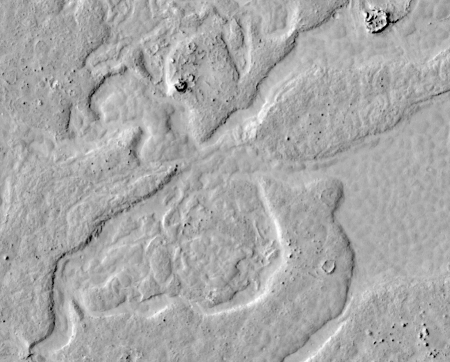Sierra Nevada opens all rockets to launching Dream Chaser
In a status update for its Dream Chaser reusable mini-shuttle cargo ship to ISS, Sierra Nevada officials also revealed that they are considering a wide range of launch companies for future launches.
SNC announced a contract with ULA in July 2017 that covered two Dream Chaser launches, in 2020 and 2021. Both would use the Atlas 5 552, the largest version of the Atlas 5 with a five-meter payload fairing, five solid rocket boosters and a dual-engine Centaur upper stage.
However, Sirangelo said the company was looking at other options for launching the second and later Dream Chaser ISS cargo missions. “It’s a quite interesting time in the launch business, where we see all the major launch companies coming out with a new launch system,” he said. “We are looking at all of the launch systems.” Sirangelo said later that the company issued a request for proposals for multiple Dream Chaser launches. “We’ll probably be making a decision by the end of this year,” he said. “We’re gotten tremendous response for it.” He declined to discuss specific vehicles under consideration but said SNC received “really great response from all the major providers.”
Their willingness to open up the launch bidding is merely a recognition that they can save money by encouraging competition for their business. The vehicle itself has not yet completed its design review, though they hope to begin its assembly within a month, with a planned launch date in late 2020.
The company was awarded its cargo contract in January 2016, more than two years ago. It seems to me that it has taken far too long to get to this point. I wonder if NASA has thrown up roadblocks, as it has with SpaceX.
In a status update for its Dream Chaser reusable mini-shuttle cargo ship to ISS, Sierra Nevada officials also revealed that they are considering a wide range of launch companies for future launches.
SNC announced a contract with ULA in July 2017 that covered two Dream Chaser launches, in 2020 and 2021. Both would use the Atlas 5 552, the largest version of the Atlas 5 with a five-meter payload fairing, five solid rocket boosters and a dual-engine Centaur upper stage.
However, Sirangelo said the company was looking at other options for launching the second and later Dream Chaser ISS cargo missions. “It’s a quite interesting time in the launch business, where we see all the major launch companies coming out with a new launch system,” he said. “We are looking at all of the launch systems.” Sirangelo said later that the company issued a request for proposals for multiple Dream Chaser launches. “We’ll probably be making a decision by the end of this year,” he said. “We’re gotten tremendous response for it.” He declined to discuss specific vehicles under consideration but said SNC received “really great response from all the major providers.”
Their willingness to open up the launch bidding is merely a recognition that they can save money by encouraging competition for their business. The vehicle itself has not yet completed its design review, though they hope to begin its assembly within a month, with a planned launch date in late 2020.
The company was awarded its cargo contract in January 2016, more than two years ago. It seems to me that it has taken far too long to get to this point. I wonder if NASA has thrown up roadblocks, as it has with SpaceX.

